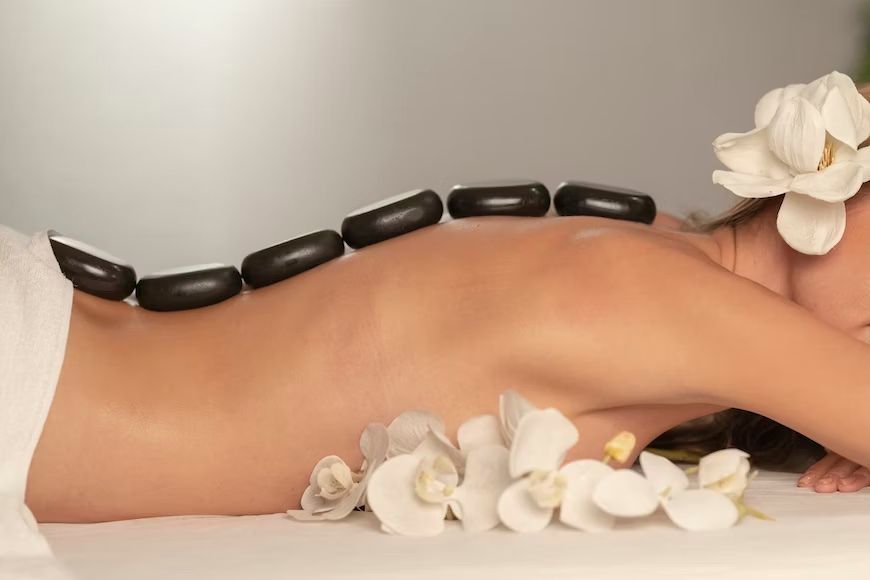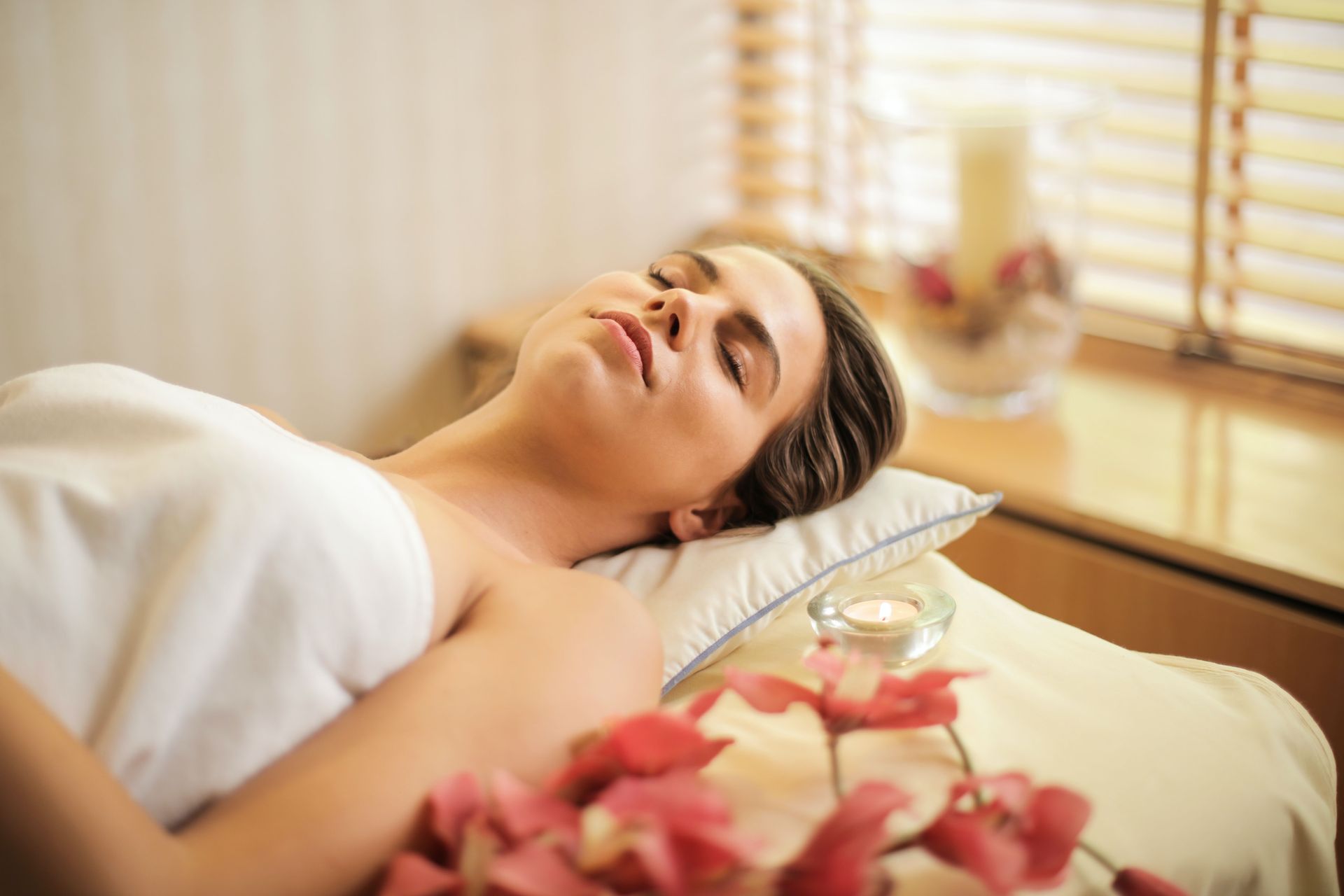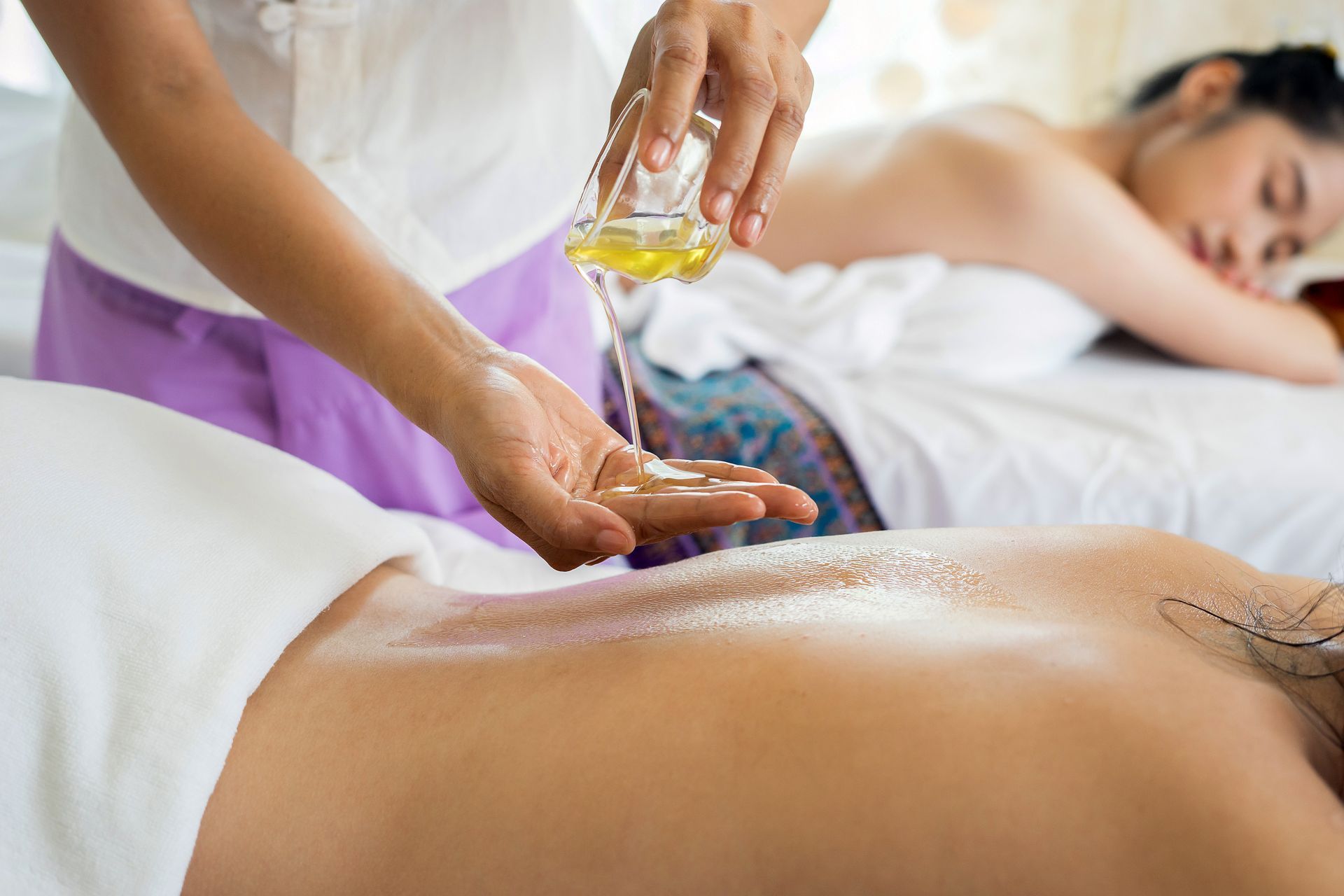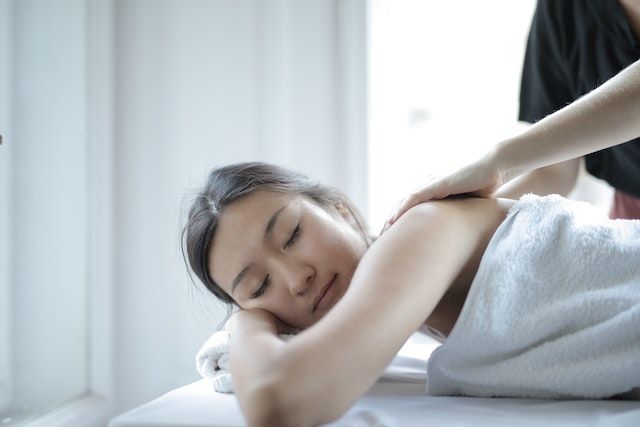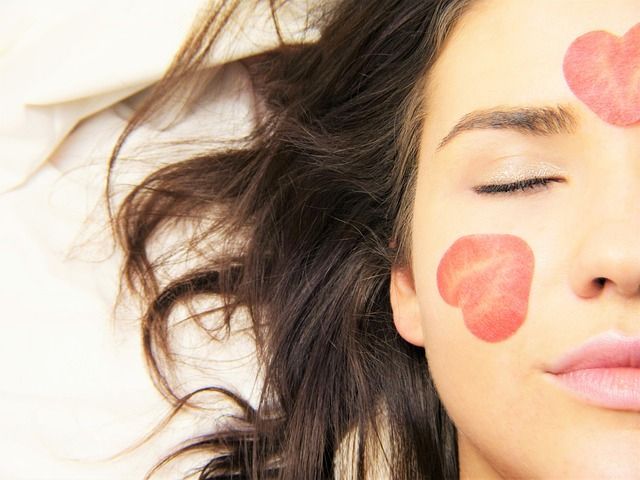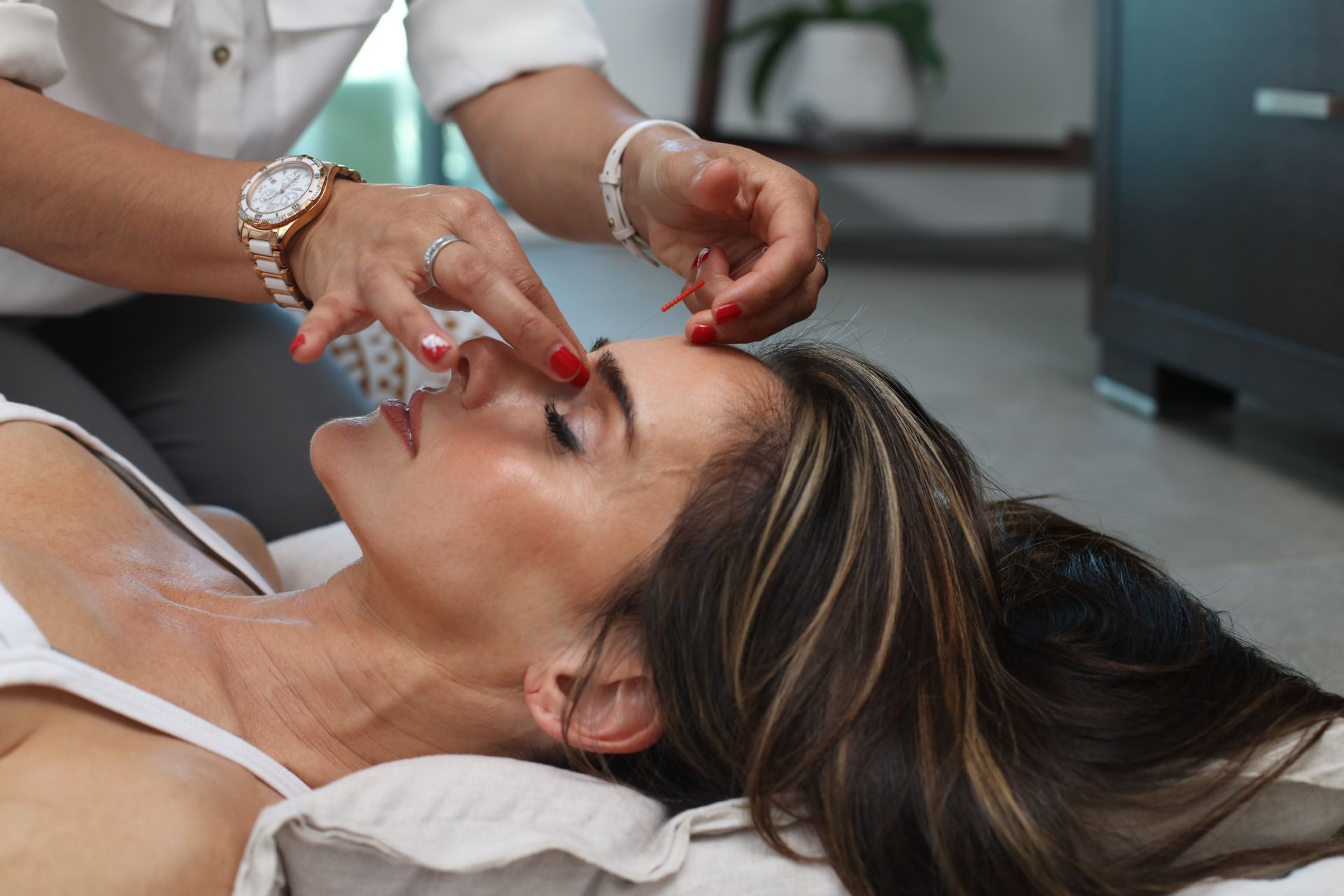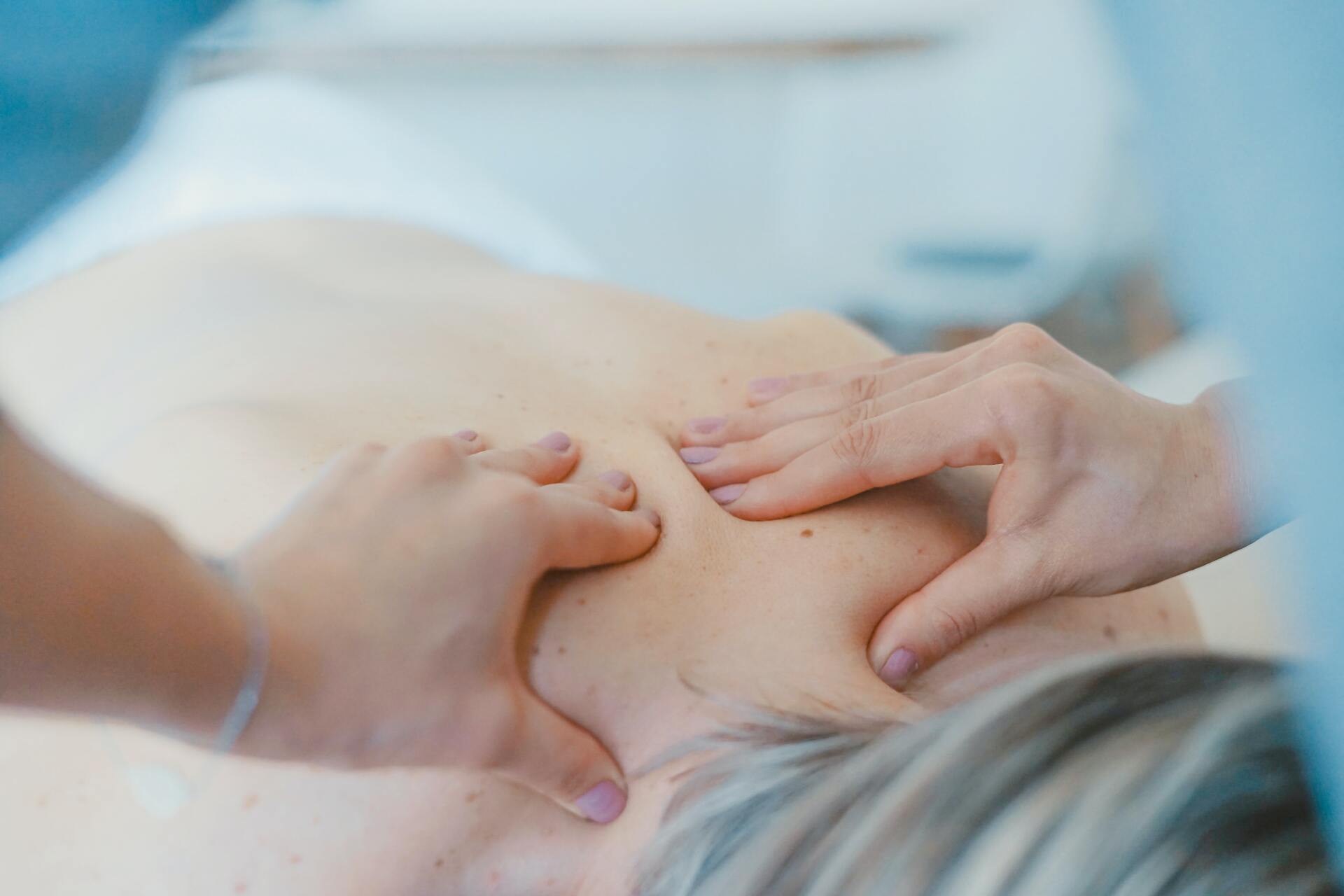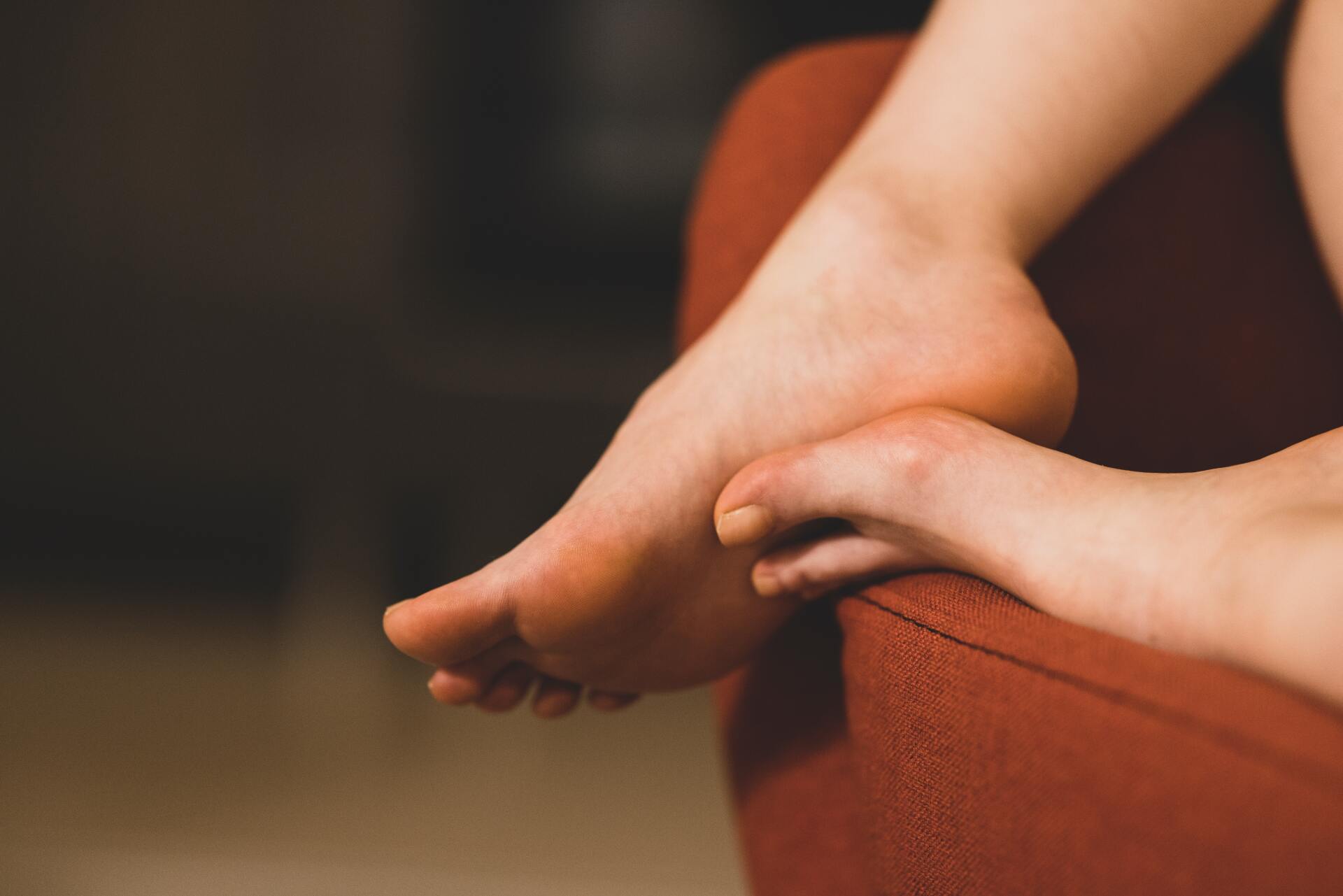What Is Asian Massage? A Chicago Massage Therapist Explains
This is a subtitle for your new post

Massage therapy dates back at least as far as 3000 BCE in India. Originally practiced by Hindus as part of the Ayurvedic practice of healing illness by restoring the body’s natural and physical balance, massage was initially both a medical and spiritual practice. As massage spread throughout Asia over the next several thousand years, Chinese and Japanese practitioners adapted it to their own cultures. Massage is now practiced on every continent and there are unlimited variations, with new techniques being released every year, but Asian massage is still important and relevant. Reflexion Spa offers several Asian massage techniques for our clients to enjoy.
Asian Massage Disciplines
The early forms of Asian massage stemmed from the belief that balancing the body’s energy could heal pain and sickness. There are countless variations, but the following Asian massage techniques are among the most popular in the modern world.
Tui Na
One of the four main branches of Chinese herbal medicine, Tui Na massage uses fingers to apply pressure to specific acupoints. Tui Na works similarly to acupuncture, but without the needles, aiming to balance the body by stimulating the flow of qi, or life’s vital energy. A Tui Na practitioner may use a gentle and passive yin approach, a physical and active yang approach, or a combination of the two, depending on the issues they are aiming to heal. Lotions, salves, or compresses may be used to enhance healing.
Cupping
Another technique of Chinese origin, cupping also aims to facilitate the flow of qi in the body and balance yin and yang. However, as the name implies, cupping does not use hands alone to achieve this. Special glass cups are warmed and placed on the skin. As they cool, the suction effect increases blood circulation and relieves muscle tension, promoting blood flow and cell repair.
Shiatsu
From the Japanese phrase for “finger pressure”, Shiatsu is another form of acupressure. The practitioner uses their fingers, thumbs, and palms to apply continuous pressure to points on the body believed to be connected to pathways called meridians Each point is held for 2 to 8 seconds to encourage the flow of chi. Typically, no oils are used in Shiatsu, though tools may enhance the movements.
Hybrid Massages
Asian massage techniques are the basis of modern massage therapy and are widely studied by students of massage theory. The movements and tools of Asian massage are often used to create new techniques or to combine several methods to provide a personalized experience that meets the needs of each client. Hot stones, bamboo, and reflexology are examples of Asian techniques that are used in Reflexion Spa massages.
Conditions Asian Massage Treats
Unlike many types of modern European massage techniques, most Asian massage is aimed at healing rather than stress relief. Since the movements target acupressure points that connect to various body systems, they can treat several conditions, depending on where they are applied. Reflexion Spa clients chose Asian massage to treat muscle aches, headaches, sinus issues, digestive problems, insomnia, arthritis, back and neck pain, carpal tunnel syndrome, respiratory issues, and much more. Ask your doctor if you have a condition that might benefit from massage therapy.
How Effective Are Asian Massages?
As with any form of complementary medicine, the results of massage therapy will vary based on different factors. It is important to choose a skilled and qualified massage therapist who is well-acquainted with the technique they will be using and understands what your goals are for your massage sessions. Ask your massage therapist how often you should schedule appointments to enjoy continuous benefits.
What To Expect
Regardless of the massage servicesyou choose, Reflexion Spa aims for each of our visitors to leave feeling better and more relaxed. Be sure to let us know which type of massage you would like when you book your appointment. Though you do not need to make any special preparations for your appointment, many clients find it helpful to hydrate before a massage. Talk to your massage therapist before you get started and feel free to ask questions, address concerns, or tell us about any conditions you may have. Speak up if the massage is painful or uncomfortable, so adjustments can be made accordingly.
Benefits Of Asian Massage
Massage therapy is a very personal experience and each person will benefit in different ways. Many of our clients at Reflexion Spa turn to Asian massage as a complementary part of their healthcare regimen. Clients report less pain, improved breathing, improvement in their health symptoms, and better sleep long after their massage is over. Make sure to tell your massage therapist what conditions you are experiencing so they can create a truly customized experience that will change your life.
Book An Asian Massage In Hinsdale today!


